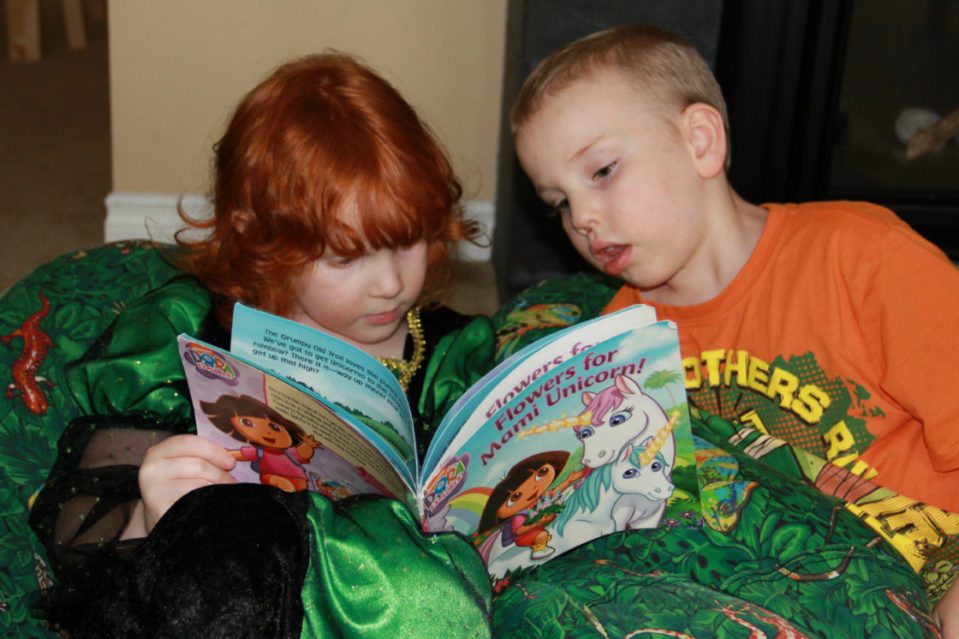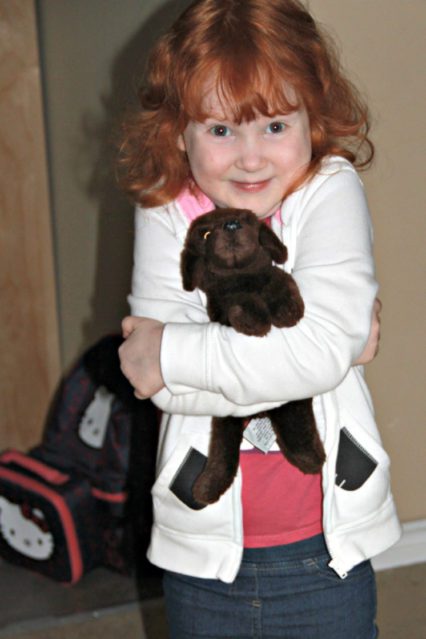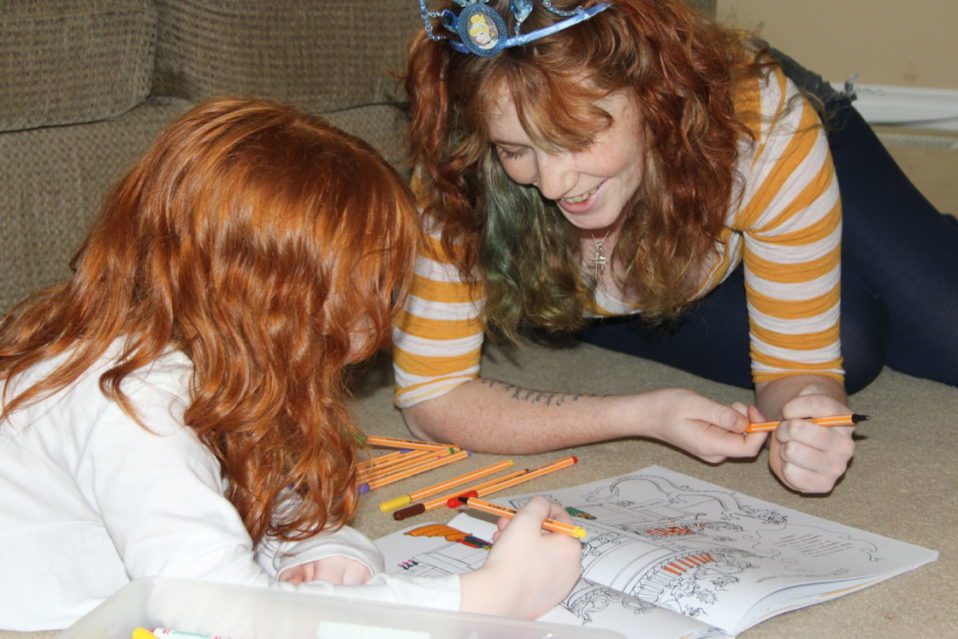
When it Comes to Autism Diagnosis, Are boys getting a better deal?
What is it that makes boys five times more likely to receive an autism diagnosis than girls? Is the prevalence of autism in the female population that much lower, or is there a gender bias in the autism diagnosis process?
What Causes Autism?
No one knows for sure what causes autism, but through twin studies, scientists have determined that autism is likely a genetically-based condition.
For example, if one identical twin has autism, then there is an 80–90% chance that the other twin will also receive an autism spectrum diagnosis. The chance that fraternal twins — that is, twins who developed from two separate eggs and are therefore not genetically identical -will both be affected by ASD if one twin is affected is approximately 3–10%.
Of those who receive an autism diagnosis, boys outnumber girls at an approximate rate of five to one. In addition, those girls who do receive a diagnosis, as a general rule, have more significant social and sensory impairments than boys.
However.
This is not thought to be an accurate reflection of the difference in the prevalence and severity of autism in boys and girls. Instead, there is a gender bias in the systems for autism spectrum diagnosis.
Reasons For Gender Bias In Autism Diagnosis


So, what are the reasons that lead to girls on the spectrum being overlooked?
Perceptions of Autism
People who are unfamiliar with autism often think of it as a condition that only affects boys.
Lists of famous autistics are heavy on the male representation, which should be no surprise as their female autistic contemporaries are likely to have never been diagnosed.
Fictional characters who live with autism are almost exclusively male, and until recently, females were conspicuous in their absence from autism awareness campaigns and educational materials.
The frequent reinforcement of the idea that autism is something that you identify in boys may be an explanation as to why many parents do not even consider that their daughters are may be autistic.
However.
You’d assume that a doctor would be more informed than a parent, but the unfortunate truth is that this is not always so.
I know of cases where doctors have displayed a woeful ignorance as to the realities of autism. A few recent examples that have been shared with me include:
The mother that was told her daughter could not be autistic because “girls don’t get autism.” When mom explained to the doctor that she herself was autistic, the mom was told: “don’t be ridiculous. Didn’t you just hear me say girls can’t be autistic?”
A doctor who diagnosed a man in his 30s with autism, and the man turned out to be very unhappy with his diagnosis. The patient went to another doctor for a second opinion. The second doctor told the man he couldn’t be autistic because “people with autism do not laugh or smile, and you do.”
Another doctor who was treating a young woman for a condition unrelated to her autism. The patient shared her autism diagnosis so the doctor could treat her with appropriate accommodations. The woman was told that “females do not develop autism, only males. Any doctor who diagnoses a girl with autism is doing so to pander to parents who want to excuse their children’s bad behavior.”
With so many in the medical community still seeing autism as a male diagnosis, is it any wonder that fewer girls are put forward for autism assessment and, as a consequence, are less likely to be diagnosed?
Social And Cultural Expectations


Our social and cultural expectations of what is “typical” male and female behavior also contribute to girls being underdiagnosed.
For example, boys are expected to be gregarious, sports-loving team players who “hang out” in large, flexible social groups. So a boy who plays by himself and does not socialize with other boys is seen as different, an oddity.
If he displays other typical autistic behaviors, that boy may be flagged for an autism assessment because of his “obvious social impairments.”
General cultural expectations are that girls will play more quietly, sit, and read alone, or play in smaller groups. There is an assumption that girls will have one or two best friends and that there is very little change in these smaller, tighter friend groups change.
Consequently, a girl who plays by herself or is only comfortable with one or two select peers is seen as less of an anomaly.
Even if a “quiet” girl displays other autistic behaviors, the view that she “doesn’t seem to be socially impaired” will limit the likelihood of being flagged for an autism assessment.
Girls May Cope Better Than Boys
As a general rule, autistic girls develop strategies to cope with their autistic traits more easily than boys.
When you speak with women on the spectrum who received their diagnosis later in life, many of them say the same thing. As children and teens, they would observe the mannerisms and language of their peers and mimic them in social settings.
It is less common to see these same coping skills in boys. Whether it is the fact that the girls are more aware of their symptoms and wish to hide them or they have a stronger drive to be social is unclear.
Whatever the reason, by masking their symptoms from their peers, girls are unintentionally also masking their symptoms from those who may be able to help them.
Girls Have More “Acceptable” Restrictive Interests
For those autistics who have a particular all-consuming interest, there is, again, significant gender bias in what society sees as “acceptable.”
Girls who collect dolls, habitually brush their hair, and line them up in a particular order on their shelves do not raise red flags, but boys who line up their cars and sit spinning the wheels do.
For this reason, girls who display atypical interests such as memorizing train timetables or collecting military cap badges will raise red flags in a way their more “typical girl” peers.
In fact, obsessively “spinning the wheels of a toy car” is used in the current diagnostic process as an example of restrictive interests, which takes us into the next issue — existing diagnostic tools.
Autism Screening And Diagnostic Tools
Autism screening and diagnostic aids were developed primarily through the observation of autistic boys.
Things to look for, such as the spinning car wheel example mentioned above, provide constant reinforcement to the subconscious bias in autism diagnosis.
As a consequence, when a girl displays behaviors that are indicative of autism, she is often overlooked because the examples used in the diagnostic system do not reflect her autistic traits in the same way they do for boys.
Until there is a change in our diagnostic systems, the gender bias in autism diagnosis will continue to result in women and girls missing out on the help they need.








